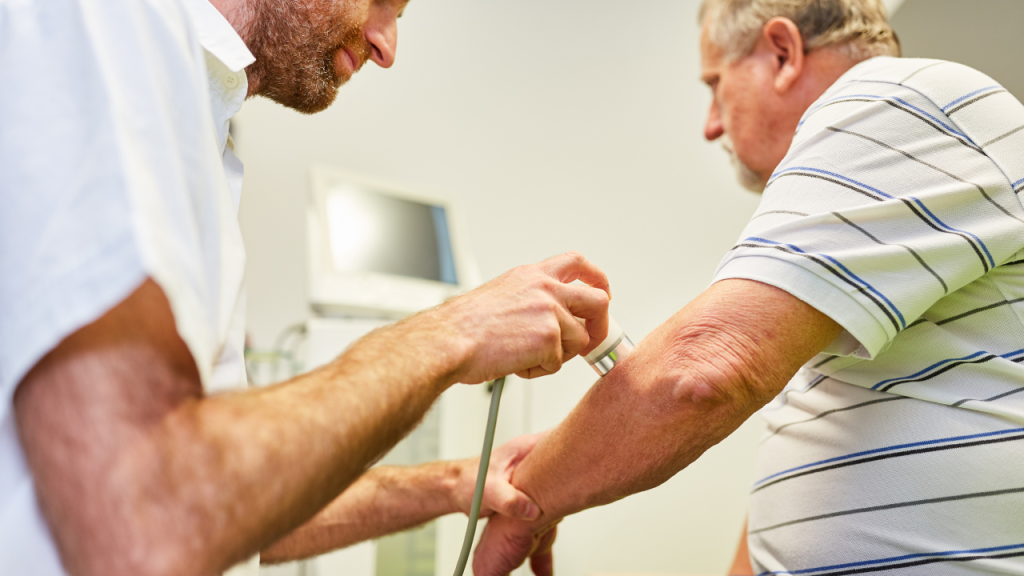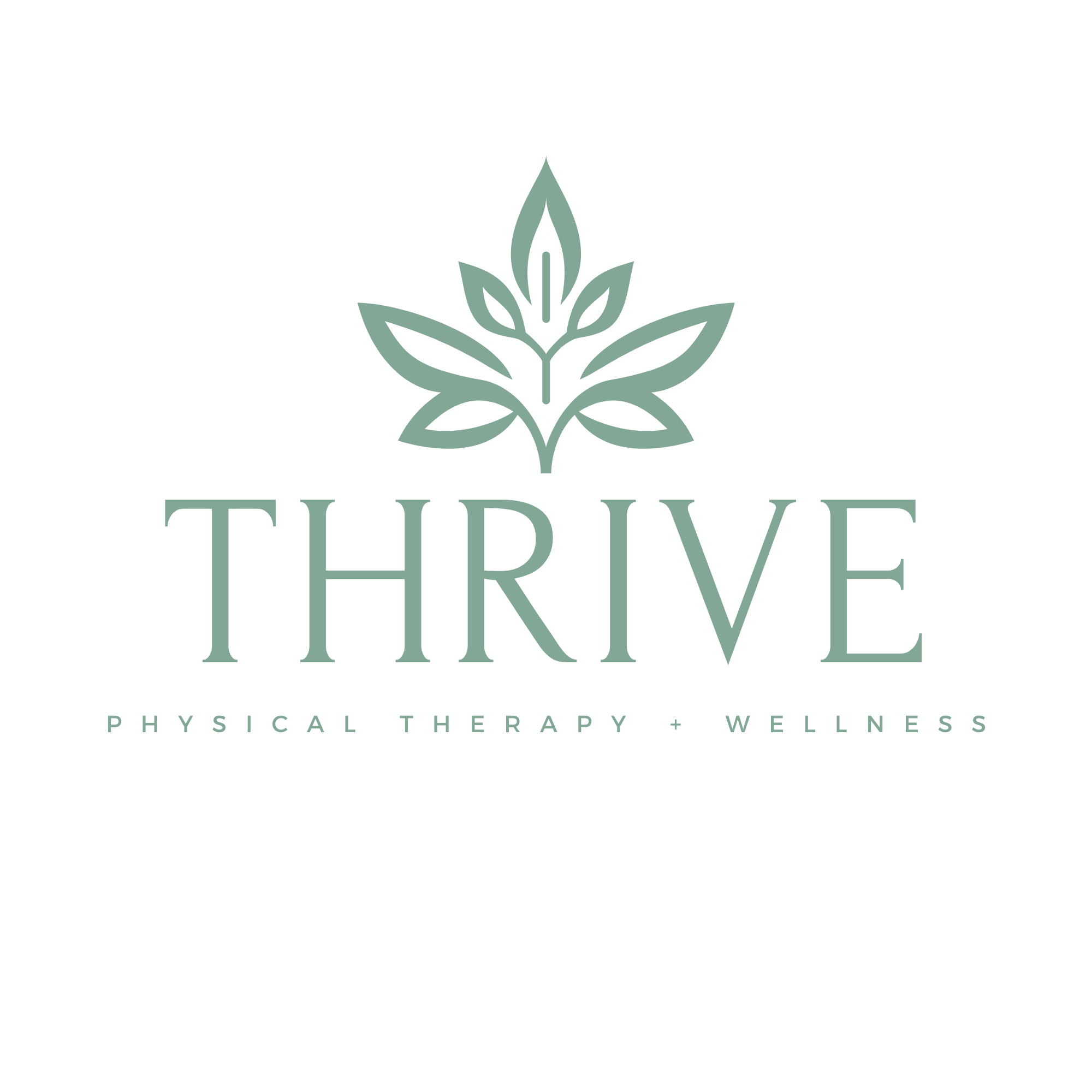
When it comes to elbow pain, stiffness, or injury, many patients find themselves at a crossroads: Should I consider surgery or explore therapy first? It’s a question that can feel overwhelming, especially when the elbow—a joint so vital for everyday activities—begins to limit your quality of life. Whether it’s due to a sports injury, repetitive strain, or wear and tear, the path to recovery isn’t always clear. Let’s explore the differences between elbow surgery and elbow therapy and discuss which might offer the best route to regaining function, comfort, and confidence.
Understanding the Elbow’s Role and Vulnerabilities
The elbow is a complex joint made up of bones, ligaments, tendons, muscles, and nerves, all working in harmony to allow a wide range of motion and strength. From gripping a coffee cup to throwing a ball or typing on a keyboard, the elbow quietly supports countless daily motions. But because of this constant use, it’s also prone to injuries like tennis elbow (lateral epicondylitis), golfer’s elbow (medial epicondylitis), ligament tears, fractures, and arthritis.
Injuries or chronic conditions in the elbow can result in pain, reduced mobility, weakness, and swelling. When this happens, the natural question is how to fix it. Two broad options typically arise: surgery or physical therapy. But which should you choose, and what can you realistically expect from each?
Elbow Surgery: When and Why?
Elbow surgery is often considered when conservative treatments have failed or when the damage is severe. Surgical interventions may range from minimally invasive arthroscopy to open surgeries aimed at repairing torn ligaments, removing bone spurs, fixing fractures, or even replacing the elbow joint in cases of advanced arthritis.
Surgery can be a powerful tool, especially in cases where structural damage needs direct intervention. For example, if you’ve suffered a significant ligament tear, surgery might be necessary to restore joint stability. Likewise, complex fractures or bone abnormalities that impair joint movement often require surgical correction.
However, surgery comes with its own set of challenges. The recovery timeline can be lengthy and demanding. Post-surgical pain, risk of infection, and scar tissue formation are all possibilities that might impact outcomes. Not everyone recovers at the same rate, and the process often involves intensive rehabilitation afterward.
Elbow Therapy: A Non-Surgical Approach
Physical therapy, on the other hand, offers a non-invasive way to address elbow pain and dysfunction. Elbow therapy focuses on restoring strength, flexibility, and function through guided exercises, manual therapy techniques, and modalities such as ultrasound or electrical stimulation.
Therapy is often the first recommendation for many elbow conditions because it addresses the root causes—muscle imbalances, inflammation, joint stiffness, and poor movement patterns—without the risks associated with surgery. Skilled therapists design individualized programs to gradually improve your elbow’s range of motion and reduce pain, helping you regain your confidence and independence.
For conditions like tennis elbow or mild arthritis, therapy can often provide significant relief and functional improvement, sometimes eliminating the need for surgery altogether. Even after surgery, therapy is critical in helping patients regain strength and mobility.
Comparing Recovery: Surgery vs. Therapy
When considering recovery, it’s important to weigh both the immediate and long-term implications. Surgery often involves a period of immobilization or limited use to allow healing, which can lead to temporary muscle weakness and stiffness. This means that after the initial healing phase, therapy becomes essential to rebuild muscle and restore movement.
Physical therapy alone generally allows for earlier movement and gradual progression, reducing the risk of joint stiffness. Since it’s a conservative approach, there is typically less downtime, and patients can often continue with daily activities, modified as needed.
But recovery isn’t just about the time frame; it’s about quality and sustainability. Therapy focuses on educating patients on proper movement mechanics and injury prevention, which can reduce the chance of recurrence. Surgery, while addressing structural issues, doesn’t always guarantee a return to previous activity levels without follow-up therapy.
The Role of Patient-Specific Factors
There is no one-size-fits-all answer when deciding between surgery and therapy. Each patient’s situation is unique, influenced by factors such as age, overall health, severity of injury, lifestyle, and personal goals.
Younger patients with acute traumatic injuries might lean toward surgery for a quicker and more definitive fix. Older patients or those with chronic, gradual-onset conditions may find therapy to be the safer and more sustainable option. Athletes or workers whose careers depend on optimal joint function might opt for surgery followed by rigorous rehab to maximize outcomes.
Consulting with healthcare professionals who understand your lifestyle and goals is key. A thorough evaluation helps identify the extent of damage and the best tailored approach. Often, physical therapy is the first line of defense, with surgery reserved for cases where therapy doesn’t achieve sufficient improvement.

How Thrive Physical Therapy Approaches Elbow Recovery
At Thrive Physical Therapy, the focus is on individualized care that respects the patient’s unique journey. Their approach emphasizes early assessment and personalized treatment plans that blend evidence-based therapy techniques with compassionate support.
Therapists at Thrive don’t just aim to reduce pain but strive to empower patients to regain full function and prevent future injuries. Through manual therapy, targeted exercises, and education on movement mechanics, they help patients rediscover the strength and mobility they may have lost.
For patients who might ultimately need surgery, Thrive Physical Therapy serves as a vital partner before and after surgical intervention. Pre-surgical therapy can improve muscle conditioning and prepare patients for a smoother surgical recovery, while post-surgical rehab focuses on restoring motion and strength progressively.
Listening to Your Body and Taking Control
One of the most important pieces of advice for anyone facing elbow problems is to listen carefully to your body. Pain, stiffness, and loss of function are signals that something isn’t right and deserve attention.
Choosing between surgery and therapy doesn’t have to be rushed. Taking the time to consult with physical therapists and orthopedic specialists can clarify what’s really going on. Sometimes, a few weeks of therapy can reveal surprising improvements that avoid surgery entirely. Other times, therapy might highlight limitations that surgery can best address.
Being proactive with therapy, whether as a standalone treatment or as part of a surgical plan, puts you in control of your recovery journey.
Suggested Reading: Elbow Pain Therapy: How Physical Therapy Helps with Tennis and Golfer’s Elbow
Final Thoughts: Which Path Leads to Better Recovery?
Ultimately, whether elbow surgery or therapy is better for recovery depends on the individual and the injury. Surgery can offer a structural solution when needed but often comes with longer recovery periods and inherent risks. Therapy provides a conservative, patient-centered approach that not only treats symptoms but also addresses underlying causes and promotes long-term joint health.
In many cases, physical therapy is the first step, with surgery considered if therapy doesn’t deliver the desired results. This approach allows patients to avoid unnecessary surgeries and associated complications.
For anyone struggling with elbow pain or injury, partnering with experienced therapists who understand both the physical and emotional aspects of recovery can make a profound difference. It’s about finding a path that feels right for your body and lifestyle, with expert guidance every step of the way.
If you’re ready to take the next step toward elbow recovery, whether you’re considering therapy alone or exploring surgical options, Thrive Physical Therapy is here to help. Their team offers personalized assessments and treatments designed to optimize your healing process and get you back to doing what you love. Visit https://thriveptclinic.com/ to learn more and schedule a consultation today.

